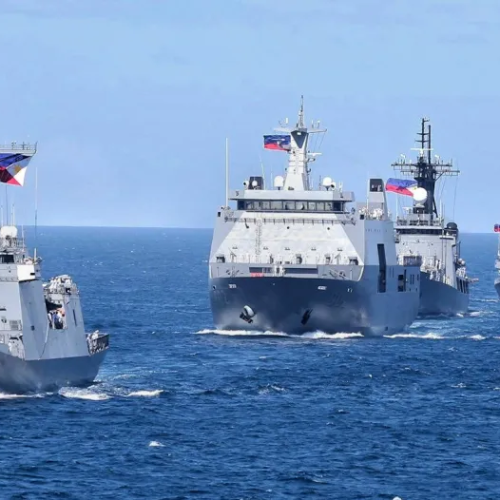The Philippines is building more friendships in the field of defense. The most recent one is with New Zealand. Last month, the two countries signed an agreement that allows New Zealand troops to come to the Philippines for joint training. This agreement is called a Status of Visiting Forces Agreement (SOVFA). It sets rules for how New Zealand soldiers can enter, stay, and work in the country during military drills.
This deal came after both countries took part in a group military exercise held in the South China Sea in 2024. These drills involved many countries and were focused on keeping peace in the waters. New Zealand supports the idea that all countries should be free to sail and fly over international waters. For the Philippines, this agreement adds to its growing list of defense partners at a time when it is facing more threats at sea.
Before this, the Philippines had similar agreements with the United States (signed in 1999), Australia (2012), and Japan (2024). All these countries, including the Philippines, are part of a small group known as the “Squad.” This group is not a big alliance like NATO, but it works together to keep the Indo-Pacific region safe and open for all. The Squad countries often conduct joint drills and support each other’s efforts in the region.
By adding New Zealand to the list, the country now has four official defense agreements. This helps the country show its readiness to stand up to threats and stay safe, especially in the South China Sea.
China’s Pressure and ASEAN’s Weak Response
The Philippines has been dealing with a lot of problems in the South China Sea. China has been claiming parts of the sea that the Philippines also claims. There have been several times when Chinese ships blocked, harassed, or even collided with Filipino boats. The most recent event was when a Chinese flag was raised on Sandy Cay, a small feature in the disputed waters. The country sees this as a serious threat.
To respond, the Philippines is strengthening its military and building new relationships with friendly countries. It cannot match China in terms of ships, weapons, or money. But by teaming up with other nations, it can show that it’s not alone and is ready to defend its territory.
The Association of Southeast Asian Nations (ASEAN), which the Philippines is a part of, has not been very helpful in these situations. Back in 2012, after a major standoff between Chinese and Filipino ships, ASEAN could not even release a joint statement. In 2016, they won a legal case against China, but ASEAN did not strongly support the result. This made them feel that ASEAN is not reliable when it comes to dealing with China.
In 2023, ASEAN did hold a military drill, but there has not been a follow-up since then. Talks with China to create rules for behavior in the sea have also moved very slowly. Filipino leaders have publicly shown frustration, saying even simple ideas like “self-restraint” don’t have support from all ASEAN members.
U.S. Alliance Uncertain, More Partners Step In
The Philippines has long depended on its alliance with the United States for defense. But today, that relationship feels less solid. There are growing worries about how committed the U.S. still is to defending the Philippines, especially under its new leadership. Some leaders in the Philippines think that the U.S. might ask for something in return for its help, or that it might not act quickly in a crisis.
This has pushed the Philippines to look for more partners. It has already signed deals with Japan, Australia, and now New Zealand. Talks are ongoing with Canada, and France has also shown interest in joining. These deals allow foreign troops to train in the Philippines and send a message that the country is not standing alone.
These partnerships also act like “force multipliers”. This means they make the Philippines’ smaller forces stronger by adding support and showing unity. It’s a way for the country to demonstrate strength without having a big military budget.
While China accuses these groupings of being anti-China, the Philippines continues to push forward. The message is clear: it will not back down, and it is ready to defend its rights in the sea—together with its friends.

